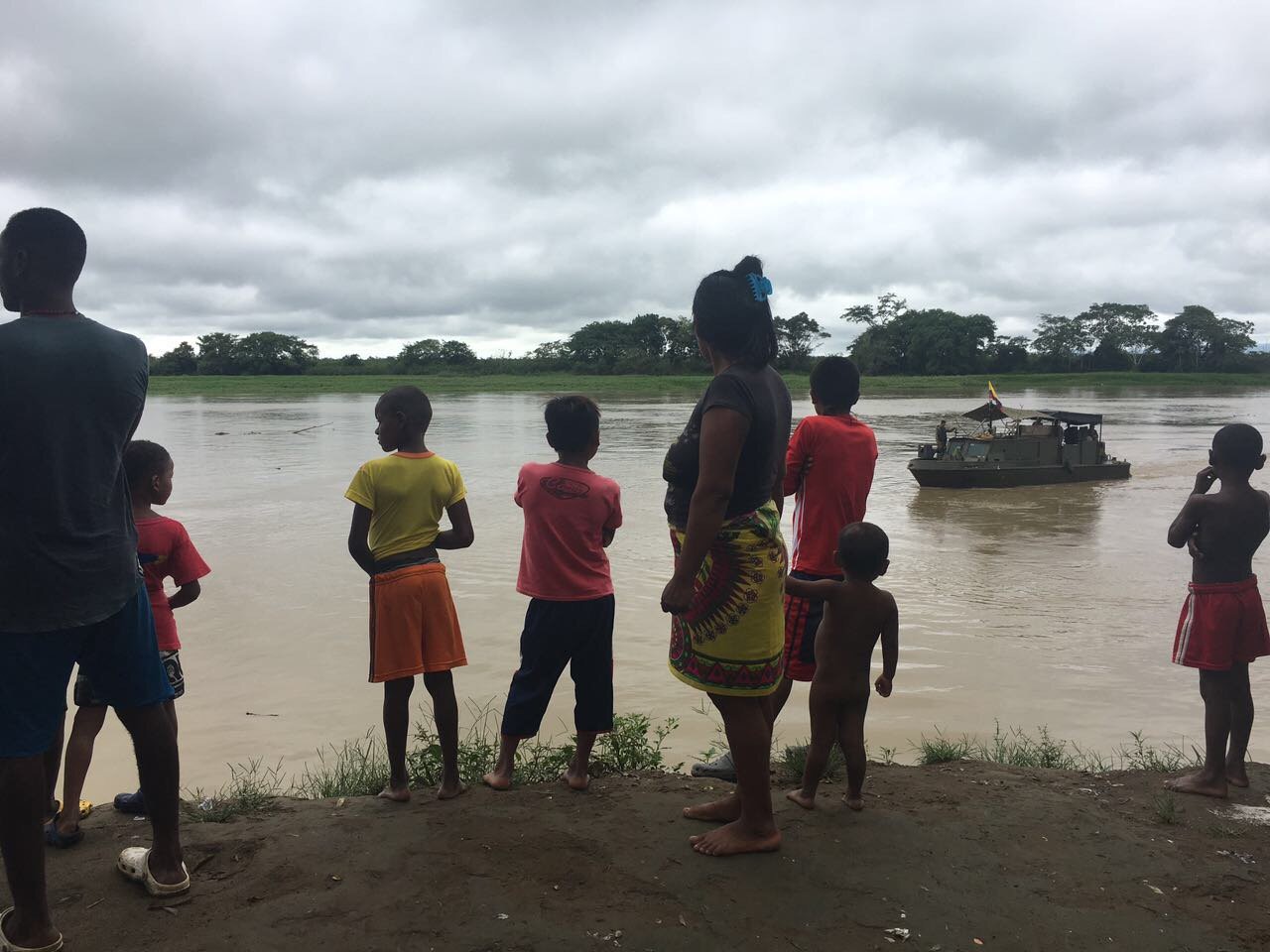Targeted killings of Peasant, Indigenous and Afro-descendant communities continue unabated

Every two days a social leader is murdered in Colombia. This is a grim statistic of what is happening in Colombia, a nation which signed a Peace Agreement in 2016 to end decades of bloodshed. Since the beginning of this year, 24 social leaders have been assassinated. This brings to a total of 1,310 victims since the signing of the Peace Agreement. In addition to these, 303 people in the process of reincorporation under this Agreement have been murdered since 2016.
On January 17, Breiner David Cucuñame, a member of the Indigenous Guard, was murdered by gunfire in the Cauca department. He is one of the 24 social leaders who have been assassinated this 2022, including Deisy Sotelo and Hermán Quintero. Deisy was kidnapped from her home and then found dead. The same fate visited Hermán. He was taken out of his home on February 1, despite the frantic pleas by his wife Idalí and children through a video shared on social networks for his safe release, Hermán was found dead.
Of these three recent killings, only one name appears in a national list among the more than 1,300 people murdered, a figure not surprising for Colombian society. They are among the 82 people reported murdered as a result of the 19 massacres committed at the start of 2022 and their names are added to the list of 801 victims left by the 206 massacres carried out in the country since 2020.
Youth and leaders defending the rights to land and territory are the main victims of this bloody war. Most of them are young people under 30 years being murdered in massacres. According to Indepaz figures[1], 70% of the social leaders murdered since the signing of the Agreement belonged to peasant, indigenous and Afro-descendant communities, environmentalists and leaders of the National Program for the Substitution of Illicit Use Crops (PNIS).
The massacre of peasant, indigenous and Afro-descendant communities continue unabated. The inhabitants of the countryside continue to be victims of spoliation. According to the Office for the Coordination of Humanitarian Affairs (OCHA), in 2021 an increase of 181% of displaced persons compared to 2020 was recorded.
The Council for Human Rights and Displacement recorded between January and November 2021 167 acts of mass displacement affecting 82,846 people. This indicates that 2021 had the highest number of people affected by massive and multiple displacements since 2016.[2]
The massive displacements are concentrated in 5 departments: Nariño (32,026 victims), Antioquia (10,698), Chocó (9,857 victims) and Cauca (8,418) with 73.6% of the total number of reported cases in the country. Most of the people, i.e. 7 out of 10, affected by forced displacement were reported to be part of the Afro-descendants and indigenous ethnic communities. For instance, between January and November 2021 at least 37,664 Afro-descendants and 18,979 indigenous people were forcibly displaced from their territories.
These figures point to an emerging humanitarian crisis in Colombia. However, this crisis is understated because of the prevailing fear of reprisals from armed actors, the ineffective justice system, or even the possibility of being subject to surveillance and/or harassment by the authorities.
The lack of attention to this emerging crisis by the Duque government, which continues to deny the extent of the violence suffered by the communities, must be addressed. The violence occurs in all the national territories, but the intensity varies with regions. The violence is occurs with greater intensity in the border area with Venezuela (Arauca and Catatumbo), the southwestern area (Cauca and the Pacific Nariño) and the region of Chocó, lower Cauca, and Antioquia.
In 2022, focus is on the situation of Arauca and Chocó. During late January, social and ethnic organizations in Chocó along with faith organizations sent a statement to Duque asking for urgent action to be taken to mitigate the impact of the crisis. The organizations have been making this demand since last year, given that since 2020 the paramilitary presence in the territories has increased.
The humanitarian missions that took place in Chocó and in western Antioquia denounced the alliance between the paramilitary group Clan del Golfo and the police in these departments. Law enforcement agencies have requested that the humanitarian missions retract their findings fearing reputational damage. The communities, however, continue to question why illegal groups move freely through the territory and why the army does not control this presence.
“We have always been ignored because of our race; we are already used to it and face it as we can. Yet now, because we are exposed to so much violence every day, believe me, we no longer have a way to deal with everything. We need urgent help, or it will be even worse.”
Social leader of Chocó.
[1] Indepaz (2021) Balance en cifras de la violencia en los territorios. Disponible en: https://indepaz.org.co/wp-content/uploads/2021/12/5-años-del-acuerdo-de-paz-1.pdf
[2] CODHES (2021) El año con mayor número de víctimas de desplazamiento en 5 años. Disponible en: https://codhes.wordpress.com/2021/12/22/2021-el-ano-con-mayor-numero-de-victimas-de-desplazamiento-en-5-anos/
